Kochia scoparia – 地肤子 di fu zi,Kochia Fructus,kochia seeds,kochia scoparia seeds,kochia seed for sale,kochia seeds online,kochia weed seed,Kochia scoparia, [di fu zi], Chinese herbal medicine, English name: KOCHIAE FRUCTUS, main effects: clearing heat and dampness, dispelling wind and relieving itching.
Kochia scoparia is a diuretic and dampness-infiltrating medicine, which is the dried mature fruit of the Chenopodiaceae plant Kochia scoparia.
Kochia scoparia is pungent, bitter and cold in nature. It enters the kidney and bladder meridians. This product mainly contains saponins, steroids, triterpenes, etc. It has the effects of clearing heat and dampness, dispelling wind and relieving itching. It is used for painful urination, vaginal itching and leucorrhea, urticaria, eczema, and skin itching.
Kochia scoparia, Chinese herbal medicine name. It is the mature fruit of the Chenopodiaceae plant Kochia scoparia (L.) Schrad. It has the effects of diuresis, clearing heat and dampness, and relieving itching. It is mainly used to treat stranguria, vaginal itching and leucorrhea, urticaria, and eczema.
Fonction
Diuresis, clearing heat and dampness, and relieving itching.
Indications
1. Gonorrhea: This product is bitter and cold, can clear away dampness and heat and relieve stranguria.
2. Vaginal itching, leucorrhea, urticaria, eczema: This product can remove dampness, heat and wind evil in the skin and relieve itching.
Usage and dosage
Oral: decoction, 9-15g. External use: appropriate amount.
Adverse reactions
Allergic reactions may occur. After taking the decoction orally, urticaria will appear, manifested as itching all over the body, blisters on the lips, and red face and ears, which will disappear after stopping the drug.
Contraindications
1. Contraindications for Chinese medicine compatibility: Contraindications for silkworms.
2. Contraindications for Chinese and Western medicine compatibility: Aluminum hydroxide, mineral oil, sucralfate, neomycin, cholestyramine, etc. can affect absorption and should not be used together.
3. Dietary taboos: Avoid raw onions, peaches and plums. Avoid spicy, alcoholic and other irritating foods. Avoid fresh and fishy foods such as fish and shrimp.
Précautions
Do not take if there is no dampness and heat in the body and if you urinate too much.
Chemical composition
This product contains triterpenoid saponins, fatty oils, and vitamin A substances.
Effets pharmacologiques
The water extract of this product has different degrees of inhibitory effects on various skin fungi such as Trichophyton sylvatica, Trichophyton audouinii, and Trichophyton ferrugineum. The water extract of Kochia scoparia inhibits the phagocytic function of the mononuclear macrophage system and delayed-type hypersensitivity (DTH).
Related discussions
1. “Shennong’s Herbal Classic”: “It is used to treat bladder heat and promote urination.”
2. “Southern Yunnan Materia Medica”: “It is used to treat bladder urination and heat accumulation, wash away skin wind, treat women’s meridian guest heat, clear fetal heat, and women’s damp heat is good for downward use.”
Clinical application
1. It is used for bladder damp heat, difficulty in urination, and painful urination. It is often used together with Akebia, Dianthus superbus, and Fructus malnourishedii, such as Kochia scoparia soup (Jisheng Fang).
2. For rubella and eczema, it is often used with Dictamni, Periostracum Cicadae, Phellodendron, etc.; if the lower part of the body is damp and hot, and the vulva is damp and itchy, it can be washed with Sophora flavescens, Gentiana scabra, Alum, etc. decoction; for treating damp and hot lower part, it can be decocted with Phellodendron chinense, Atractylodes macrocephala, etc. for oral administration.
Related compatibility
Kochia scoparia with Cnidium monnieri: Kochia scoparia is cold in nature, while Cnidium monnieri is warm in nature. Both have the effects of dispelling wind and dampness, killing insects and relieving itching. The combination of the two is suitable for cold and warm, and its effects of dispelling wind and dampness, killing insects and relieving itching are significantly enhanced. It is suitable for genital itching, wet sores, eczema, scabies, etc., and can be used regardless of cold or heat.
Identification of medication
1. Kochia scoparia and Polygonum multiflorum: Both are diuretic and stranguria drugs, both are bitter in taste and cold in nature, both can clear heat, promote diuresis and stranguria, kill insects and relieve itching, and can be used to treat hot stranguria, painful and astringent urine, as well as eczema, wet sores, itchy vulva, itchy body and other skin diseases. The two are often used together. The difference is that Polygonum multiflorum has a stronger diuretic and stranguria-relieving effect, and is good at clearing bladder dampness and heat. Polygonum multiflorum is particularly used to treat stranguria and painful urination. Kochia scoparia has a mild diuretic and stranguria-relieving effect, and is a diuretic guide. It has a stronger ability to clear dampness and heat, dispel wind and relieve itching, so Kochia scoparia is particularly used for skin diseases.
2. Kochia scoparia and Sophora flavescens: Both can clear dampness and heat, dispel wind and relieve itching, and have a diuretic effect. Therefore, they can be used in combination for skin itching caused by rheumatism invading the skin, women’s vaginal itching and leucorrhea, and dampness and heat accumulation, which cause dribbling, astringent and painful urination. However, each has its own characteristics. Kochia scoparia is better at dispelling wind, dampness and itching, so it is more suitable for treating skin itching and women’s vaginal itching, stranguria and painful urination caused by rheumatism and heat. In addition, Kochia scoparia has the main effect of diuresis and stranguria-relieving effect, and is used for heat stranguria and painful urination. Sophora flavescens is bitter and cold, and has strong heat-clearing and damp-clearing power. Its main function is to clear heat and dry dampness. Therefore, it can be used to treat heat-toxic sores and swellings externally, and diarrhea, jaundice, etc. internally.
Related drugs
Jieeryin effervescent tablets (washing liquid).
Related prescriptions
Difuzi powder (Shenghui Fang).
Harvesting and processing
Harvest the plants when the fruits are ripe in autumn, dry them in the sun, beat the fruits, remove impurities, and use them raw.
Processing method
1. Kochia scoparia: Take the original medicinal materials, remove the branches and stems, and sieve out the soil and impurities.
2. Stir-fried Kochia scoparia: Take the clean Kochia scoparia, stir-fry it over low heat until it is slightly yellow and slightly dark. When it has an aroma, take it out and cool it.
Storage method
Place it in a dry container in a ventilated and dry place to prevent moths.
Identification
1. The powder of this product is brown. The epidermal cells of the perianth are polygonal, the stomata are indefinite, and the thin-walled cells contain clusters of calcium oxalate crystals. The pericarp cells are rectangular or polygonal, with thin walls, wavy and curved, and contain many small square crystals of calcium oxalate. The seed coat cells are brown, polygonal or square, and mostly wrinkled.
2. Take 1g of the powder of this product, add 10ml of methanol, ultrasonically treat for 30 minutes, filter, and use the filtrate as the test solution. Take another reference substance of Kochia scoparia saponin Ic, add methanol to make a solution containing 0.5mg per 1ml as the reference solution. According to the thin layer chromatography method (General Rule 0502), take 5μl of each of the above two solutions and spot them on the same silica gel G thin layer plate, use chloroform-methanol-water (16:9:2) as the developing agent, develop, take out, dry, spray with 10% sulfuric acid ethanol solution, and blow with hot air until the spots are clearly colored. In the chromatogram of the test product, the same purple-red spots appear at the corresponding position of the chromatogram of the reference substance.
Properties of medicinal materials
The fruit is flat spherical five-pointed star, with a diameter of 1-3mm, and is covered with persistent perianth. The surface is gray-green or light brown, surrounded by 5 triangular membranous wings, with a protruding dot-shaped fruit peduncle scar and 5-10 radial veins in the center of the back. After peeling off the perianth, the membranous pericarp can be seen, which is translucent; the seeds are flat-ovate, about 1mm long, and black. Odorless, slightly bitter. The plump ones with gray-green color are preferred.
Plant species
The plant of the genus Kochia in the family Chenopodiaceae.
Morphological characteristics
Annual herb, about 50-150cm high. The stem is erect, multi-branched, light green or light red, with short soft hairs. Leaves are alternate; sessile; the leaf blade is narrowly lanceolate or linear-lanceolate, 2-7cm long, 3-7mm wide, with a short acuminate tip, a cuneate base, an entire margin, green and glabrous above, light green below, glabrous or with short soft hairs; usually with 3 main veins; the leaves on the upper part of the stem are smaller and have a midrib. Flowers are single or double, growing in leaf axils, forming sparse spikes; flowers are sometimes rusty and long and soft; flowers are small, bisexual or female; yellow-green, 5 tepals, nearly spherical, fused at the base, with triangular transverse processes or wings on the back during fruiting, sometimes nearly fan-shaped; 5 stamens, filaments are filiform; styles are very short, 2 stigmas are filiform. Utricles are oblate, the pericarp and seeds are separated and wrapped in the perianth. There is one seed, oblate, dark brown. Flowering period is June-September, and fruiting period is August-October.
This product is the dried mature fruit of Kochia scoparia (L) Schrad., a plant of the Chenopodiaceae family. Harvest the plants when the fruits are ripe in autumn, dry them in the sun, beat the fruits, and remove impurities.
【Propriétés】
This product is flat spherical pentagonal star, 1~3mm in diameter, with persistent perianth, gray-green or light brown surface, surrounded by 5 membranous wings, with slightly protruding dot-shaped fruit peduncle marks and 5~10 radial veins in the center of the back; peel off the perianth, and you can see the membranous pericarp, which is translucent. The seeds are flat ovate, about 1mm long, and black. The smell and taste are slightly bitter. 【Identification】
(1) The powder of this product is brownish brown. The epidermal cells of the perianth are polygonal, the stomata are indefinite, and the thin-walled cells contain clusters of calcium oxalate crystals. The pericarp cells are rectangular or polygonal, with thin walls, wavy and curved, and contain many small square crystals of calcium oxalate. The seed coat cells are brownish brown, polygonal or square, and mostly wrinkled.
(2) Take 19% of the powder of this product, add 10ml of methanol, ultrasonically treat for 30 minutes, filter, and use the filtrate as the test solution. Take another reference substance of Kochia scoparia saponin C, add methanol to make a solution containing 0.5 mg per 1 ml as the reference substance solution. According to the thin layer chromatography method (General Rule 0502), take 5u of each of the above two solutions and spot them on the same gel G thin layer plate, use chloroform-methanol-water (16:9:2) as the developing agent, develop, take out, dry, spray with 10% sulfuric acid ethanol solution, and blow with hot air until the spots are clearly colored. In the chromatogram of the test product, the same purple-red spots appear at the corresponding position of the chromatogram of the reference substance.
[Inspection]
The moisture content shall not exceed 14.0% (General Rule 0832 Method 2).
La teneur totale en cendres ne doit pas dépasser 10,0% (Règle générale 2302).
The acid-insoluble ash content shall not exceed 3.0% (General Rule 2302)
[Détermination du contenu]
Determine according to the high performance liquid chromatography method (General Rule 0512). Chromatographic conditions and system suitability test Octadecylsilane bonded silica gel was used as filler; methanol-water-glacial acetic acid (85:15:0.2) was used as mobile phase; evaporative light scattering detector was used for detection. The number of theoretical plates calculated based on the Kochia scoparia saponin Ic peak should be no less than 3000.
Preparation of reference solution Take an appropriate amount of Kochia scoparia saponin Ic reference, accurately weigh it, add methanol to make a solution containing 0.5 mg per 1 ml, and obtain it.
Preparation of test solution Take about 0.5 g of the powder of this product (passed through a No. 3 sieve), accurately weigh it, place it in a stoppered conical flask, accurately add 50 ml of methanol, seal it, weigh it, leave it overnight, ultrasonically treat it for 30 minutes, cool it, weigh it again, make up the lost weight with methanol, shake it well, filter it, and take the filtrate to obtain it.
Determination method Accurately pipette 10μ1 and 20ul of the reference solution and 20ul of the test solution, inject into the liquid chromatograph, determine, and calculate by the external standard two-point method logarithmic equation, that is, the product, calculated as a dry product, contains no less than 1.8% of Kochia scoparia saponin IC (C41H64013).
[Nature et saveur et méridiens]
Pungent, bitter, cold. Enter the kidney and bladder meridians.
[Fonctions et indications]
Clears heat and dampness, dispels wind and relieves itching. Used for painful urination, vaginal itching and leucorrhea, urticaria, eczema, and skin itching.
[Utilisation et dosage]
9~15g. Appropriate amount for external use, decoction and fumigation.
[Stockage]
Placer dans un endroit aéré et sec pour éviter les mites.
Where is the main production area of Kochia scoparia?
It is mainly produced in Hebei, Shanxi, and Shandong.
Where is the main medicinal part of Kochia scoparia?
Medicinal part of Kochia scoparia:
This product is the dried mature fruit of Kochia scoparia (L.) $chrad., a plant of the Chenopodiaceae family. When the fruit is ripe in autumn, the plant is harvested, dried, and the fruit is beaten to remove impurities.
Characteristics of the medicinal part of Kochia scoparia:
This product is flat spherical five-pointed star-shaped, with a diameter of 1~3mm. The outer layer is covered with persistent perianth, the surface is gray-green or light brown, surrounded by 5 membranous small wings, and there are slightly protruding dot-shaped fruit stalk marks and 5~10 radial veins in the center of the back; peel off the perianth, and the membranous pericarp can be seen, which is translucent. The seeds are flat oval, about 1mm long, and black. The smell is slight and the taste is slightly bitter.
How are Kochia scoparia recorded in historical books?
“Ben Jing”: “It is used to treat bladder heat and promote urination.
“Yunnan Materia Medica”: “It is beneficial to bladder urination and accumulated heat, washes the wind of the skin, treats guest heat in women’s meridians, clears fetal heat, and removes damp heat.
“Compendium of Materia Medica”: “Yinjing strengthens Yin, removes deficiency heat, promotes urination and relieves stranguria.
Effets
Kochia seeds have the effects of clearing heat and dampness, dispelling wind and relieving itching. Kochia seeds are used for painful urination, vaginal itching and leucorrhea, rashes, eczema, and skin itching.
What are the main effects and clinical applications of Kochia seeds?
Kochia seeds are used for painful urination, vaginal itching and leucorrhea, rashes, rashes, and skin itching.
Heat stranguria and pain
Can be used with Akebia, Dianthus superbus, and Fructus ophiopogonis.
Rash and eczema, vaginal itching and leucorrhea
Treat rashes, eczema, and skin itching caused by damp-heat accumulation in the skin, and can be used with Xanthium sibiricum, Chuanxiong, and Safflower.
Treat damp-heat and leucorrhea, genital itching, and can be washed with Sophora flavescens, Vitex turgis, and Cnidium monnieri.
What other effects does Kochia seeds have?
In my country’s traditional food culture, some Chinese medicinal materials are often used in folk It is widely used as a food ingredient, that is, a substance that is both a food and a Chinese medicinal material according to tradition (i.e., an edible drug substance). According to the documents issued by the National Health Commission and the State Administration for Market Regulation, Kochia seeds can be used as both medicine and food within a limited range of use and dosage.
The commonly used medicinal diet recipes for Kochia seeds are as follows
· Kochia seeds soup: 9 grams of Kochia seeds, 3 grams each of Anemarrhena asphodeloides, Scutellaria baicalensis, Polyporus umbellatus, Dianthus superbus, Cimicifugae, Smilax glabra, Sunflower seeds, and Seaweed. Use 600 ml of water, boil 200 ml, and divide into three warm servings.
Heather Kochia seeds wine: 50g of Heather leaves, 50g of Kochia seeds, 50g of Angelica sinensis, 50g of Angelica dahurica, and 500ml of white wine. Pound the above 4 medicinal materials together into a coarse powder; put them in a pot with the wine, boil them for 10 times; after cooling, filter out the residue and bottle them for later use. 10-15 each time ml, 3 times a day, warm the wine and take it on an empty stomach.
Remarque : L'utilisation des plantes médicinales chinoises doit être basée sur la différenciation et le traitement du syndrome et doit être utilisée sous la direction de praticiens professionnels de la médecine chinoise. Ne les utilisez pas à volonté et n'écoutez pas les prescriptions et les publicités de la médecine chinoise à volonté.
What are the compound preparations containing Kochia scoparia?
Xuanning Liniment: Clears heat and dehumidifies, kills insects and relieves itching, and has a strong antifungal effect. It is used for tinea pedis, tinea manuum, tinea corporis, tinea cruris and other skin tinea.
Modern research progress on Kochia scoparia
This product has multiple pharmacological effects such as diuresis, anti-allergy, antibacterial, hypoglycemic, and gastrointestinal motility regulation.
Mode d'emploi
Kochia scoparia generally uses Kochia scoparia slices, which can be taken orally or externally. After different processing methods, Chinese herbal medicine slices such as Kochia scoparia and stir-fried Kochia scoparia can be produced. Different processing methods have different effects, please follow the doctor’s advice for specific medication.
How to properly Should I use Kochia scoparia?
Decoction, 9~15g. For external use, use the appropriate amount, and decocted water for fumigation and washing.
How to prepare Kochia scoparia?
· Kochia scoparia: Take the original medicinal materials, pick out impurities and branches, and sieve out the ash.
· Stir-fried Kochia scoparia: Take the clean Kochia scoparia, stir-fry it over a low fire until the color turns dark and has an aroma, then take it out and let it cool.
Which drugs should be used with Kochia scoparia at the same time?
L'utilisation combinée de la médecine chinoise et de la médecine chinoise et occidentale nécessite une différenciation des syndromes et un traitement clinique individualisé. Si vous utilisez d'autres médicaments, veuillez consulter un médecin avant de prendre le médicament et informez-le de toutes les maladies diagnostiquées et du plan de traitement que vous recevez.
Mode d'emploi
The medicinal properties of Kochia scoparia are pungent, bitter, and cold. It belongs to the kidney and bladder meridians. It has the effects of clearing heat and dampness, dispelling wind and relieving itching. It is used for painful urination, vaginal itching and leucorrhea, urticaria, eczema, and skin itching. This product has a slight smell and a slightly bitter taste. It is better to be full and gray-green in color. Use it raw.
What precautions should be taken when using Kochia scoparia?
· Those who have no dampness and heat in the body and urinate too much should avoid taking it.
During the medication period, it is necessary to avoid eating cold and raw food, spicy and greasy food, and avoid smoking and drinking.
Pregnant and lactating women: If you are pregnant, planning to be pregnant, or are lactating, please inform your doctor in time and consult whether Chinese medicine can be used for treatment.
· Enfants : La médication des enfants doit être administrée sous la surveillance d'un médecin et d'un adulte.
· Veuillez conserver correctement les médicaments et ne donnez pas vos propres médicaments à d’autres.
· Avoid using copper or iron utensils to decoct medicine.
How to identify and use Kochia scoparia?
Kochia scoparia and Cnidium monnieri
· Cnidium monnieri and Kochia scoparia can both relieve itching and treat wet sores, eczema, vulvar itching, and leucorrhea. However, Cnidium monnieri can dispel cold and dampness, kill insects and relieve itching, which is suitable for those caused by cold and dampness or deficiency and cold, and can also treat scabies; while Kochia scoparia can clear heat and dampness to relieve itching, especially for those caused by dampness and heat. In addition, Cnidium monnieri warms the kidney and strengthens yang, and treats impotence, uterine coldness and infertility, and dampness and back pain; Kochia scoparia can clear away heat and dampness and treat urinary incontinence and painful stranguria caused by heat.
Conseils sur les médicaments
Questions les plus fréquemment posées par les patients
The efficacy and indications of Kochia scoparia lotion
[Composition] Kochia scoparia 12g, Saposhnikovia 10g, Angelica dahurica 10g, Radix Angelicae Dahuricae 10g, Paeonia lactiflora 10g, Sichuan pepper 10g, Morus alba bark 10g, Sophora flavescens 10g.
[Effects and indications] Pruritus, urticaria.
[Usage and dosage] Use Boil 1.5 liters of water and use it for bathing.
Can Kochia seeds treat eczema?
Kochia seeds can treat eczema. Kochia seeds are a diuretic and dehumidifying medicine. Kochia seeds are pungent, bitter, and cold in nature. They have the effects of clearing away heat and dampness, dispelling wind and relieving itching. They can be used to treat rubella, eczema, and skin itching. For the treatment of eczema, it is mostly used externally. It can be boiled with Sophora flavescens, Cnidium monnieri, Dictamni and other medicinal herbs and scrubbed or bathed.
Kochia scoparia – 地肤子 di fu zi
Plage de prix : $58.88 à $32,666.00
+ Livraison gratuiteKochia Fructus,[ di fu zi], Chinese herbal medicine, English name: KOCHIAE FRUCTUS, main effects: clearing heat and dampness, dispelling wind and relieving itching.
Kochia Fructus is a diuretic and dampness-infiltrating medicine, which is the dried mature fruit of the Chenopodiaceae plant Kochia scoparia.
Kochia Fructus is pungent, bitter and cold in nature. It enters the kidney and bladder meridians. This product mainly contains saponin components, steroid components, triterpenoid components, etc. It has the effects of clearing heat and dampness, dispelling wind and relieving itching. It is used for painful urination, vaginal itching and leucorrhea, urticaria, eczema, and skin itching.
| Poids | 1kg, 10kg, 100kg, 500kg, 1000kg |
|---|
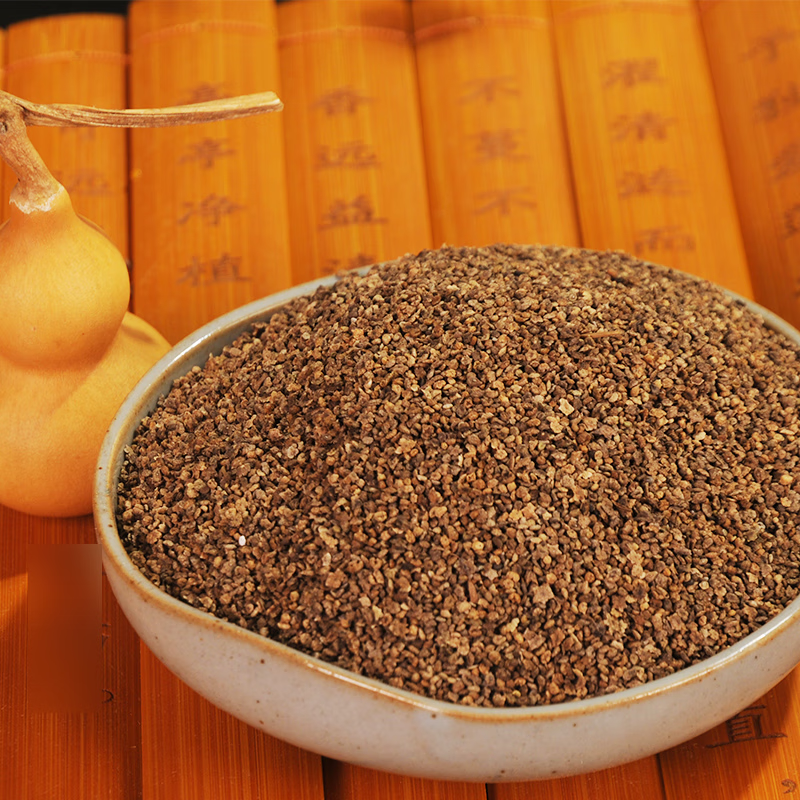

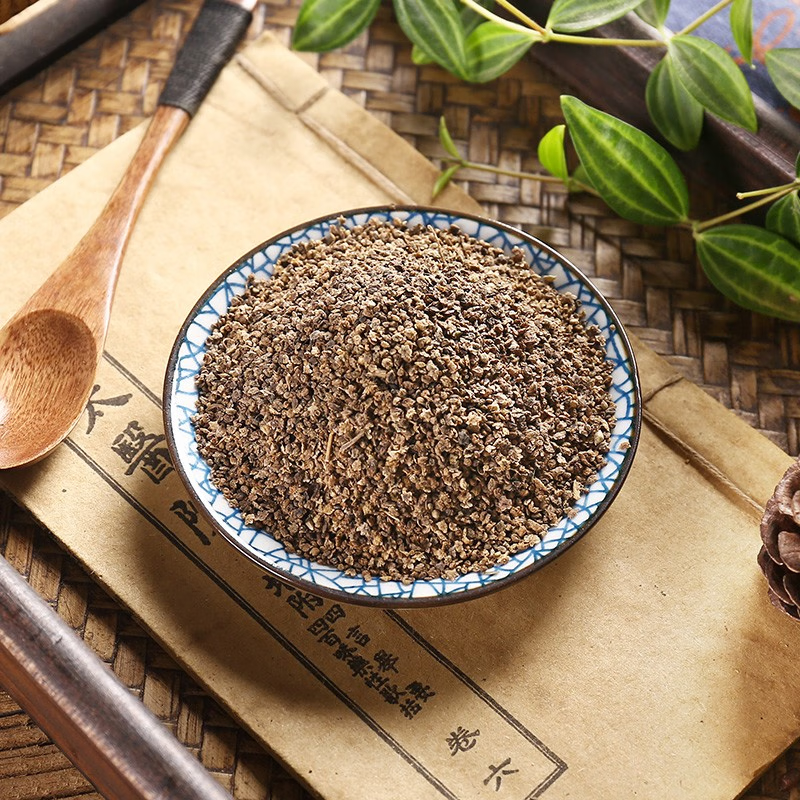
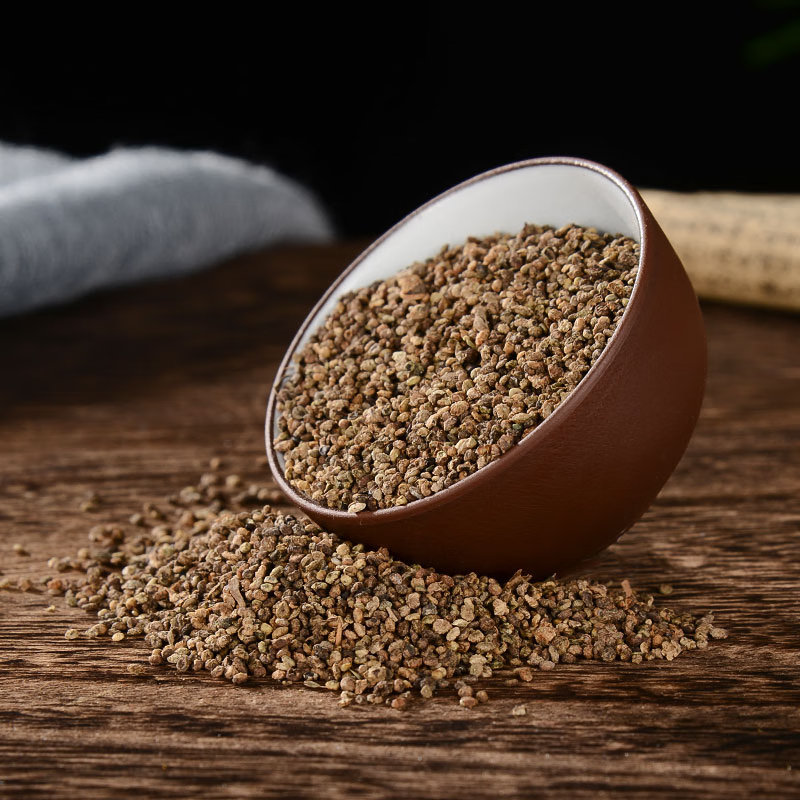
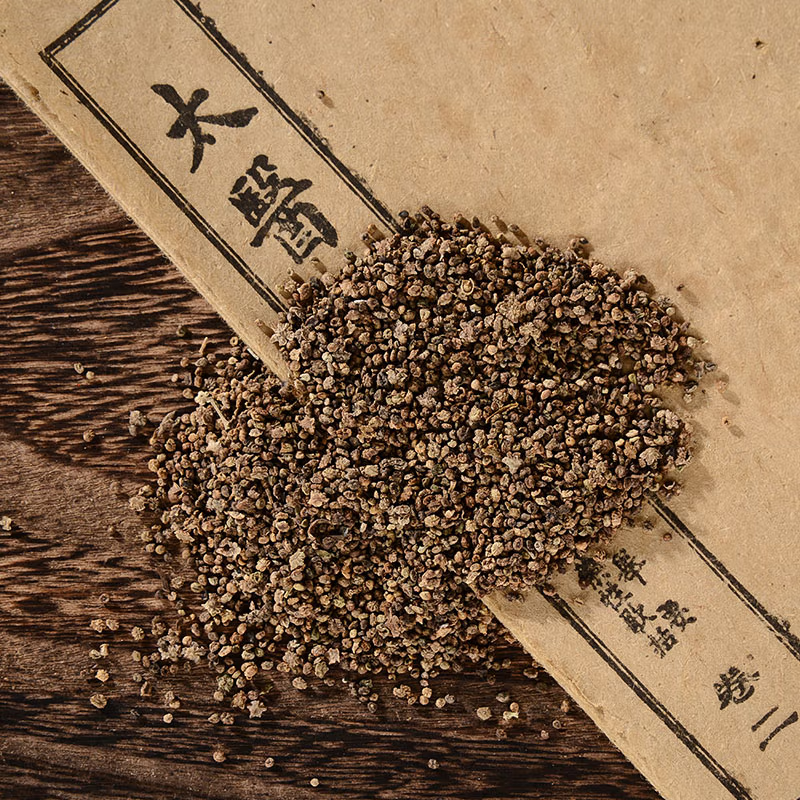
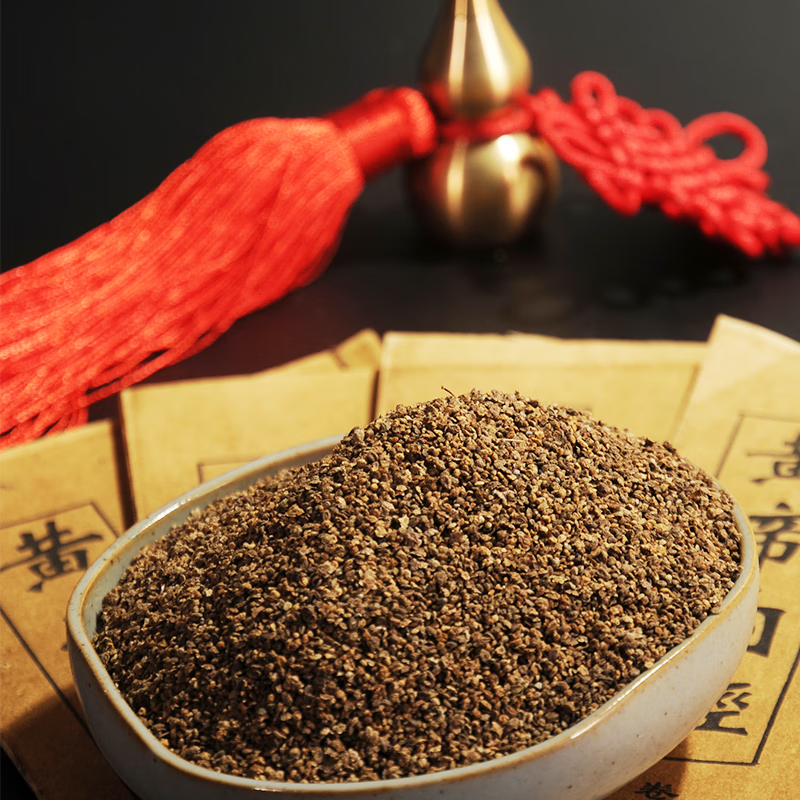

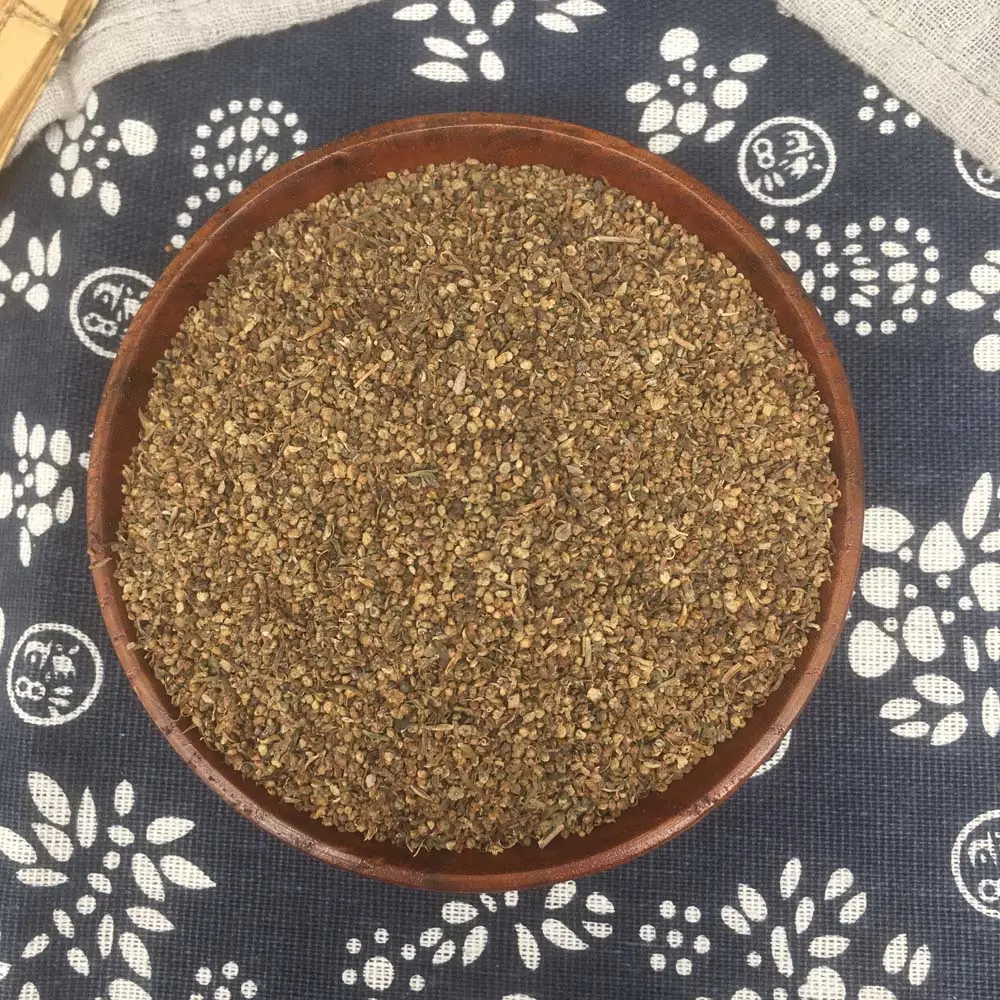
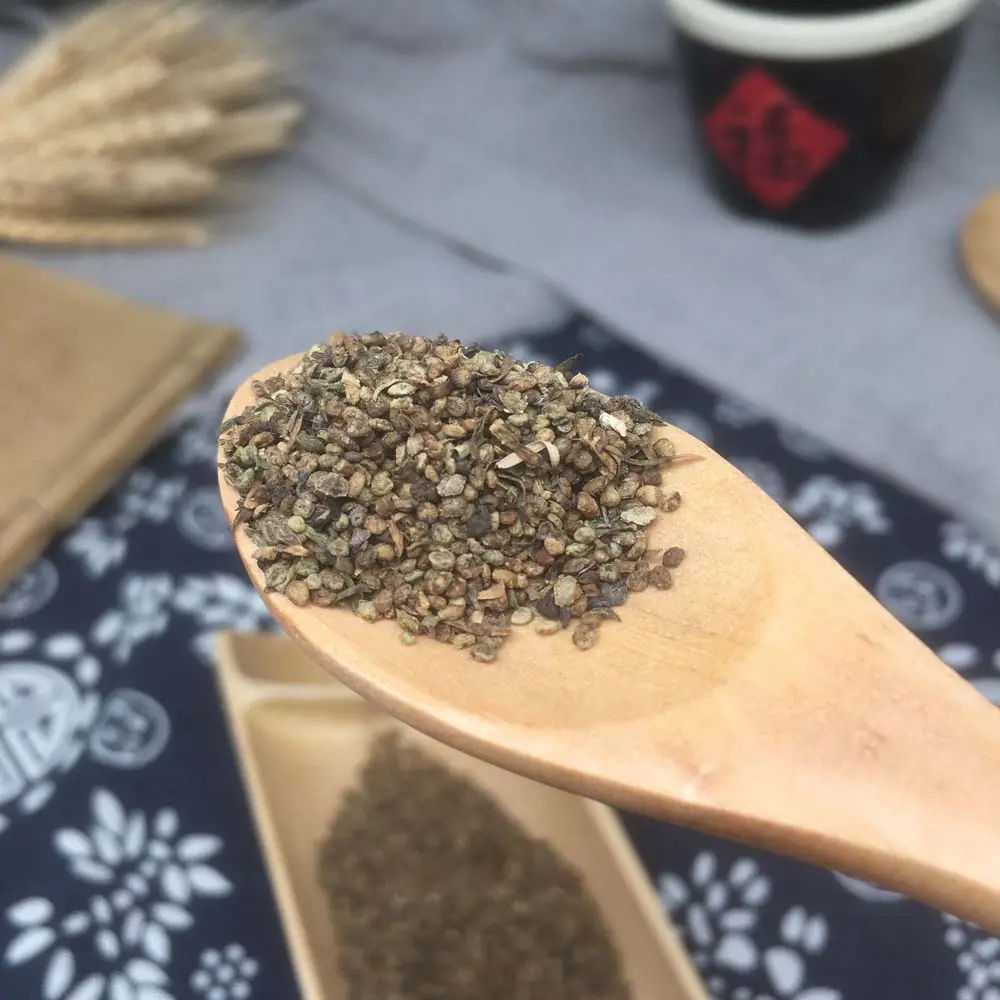

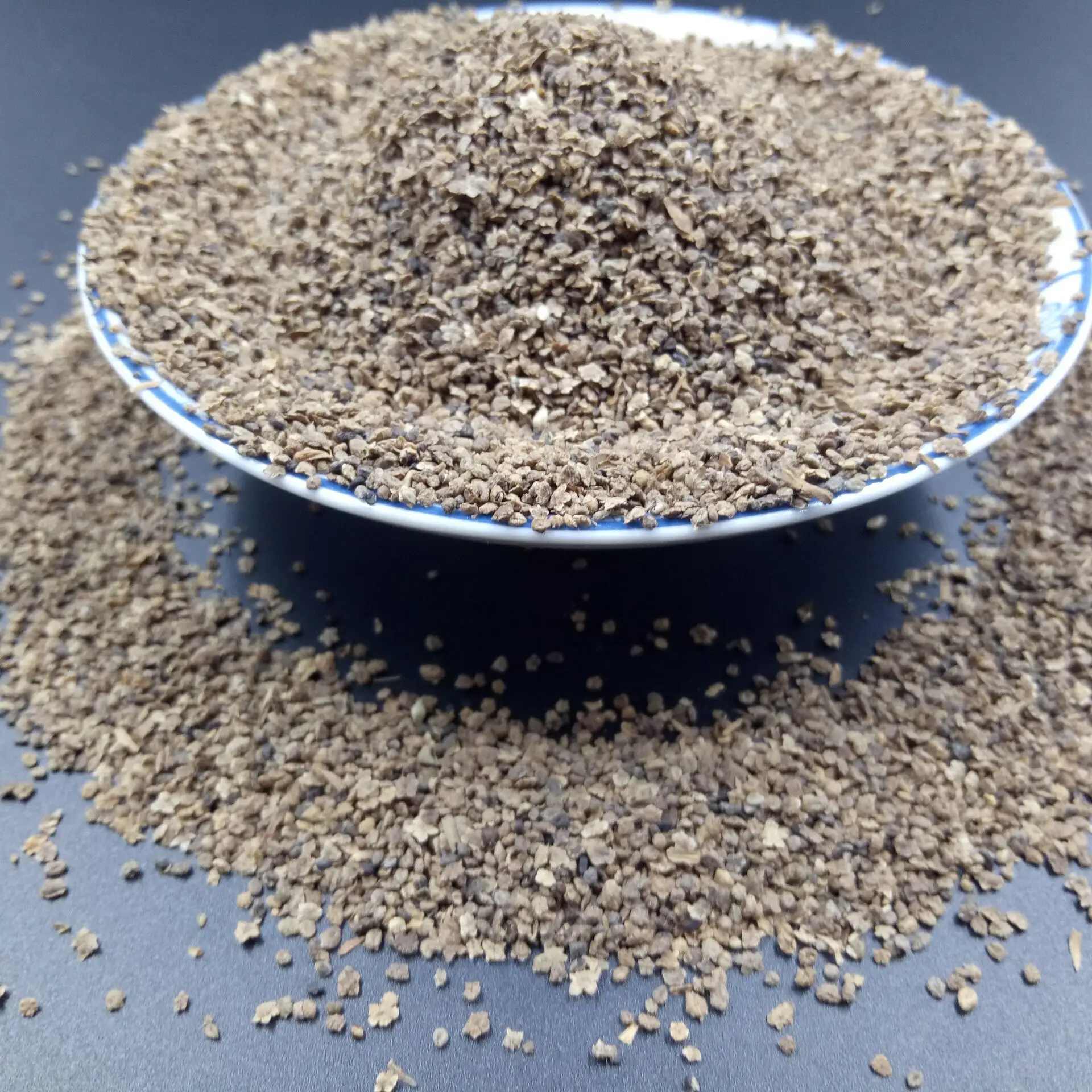
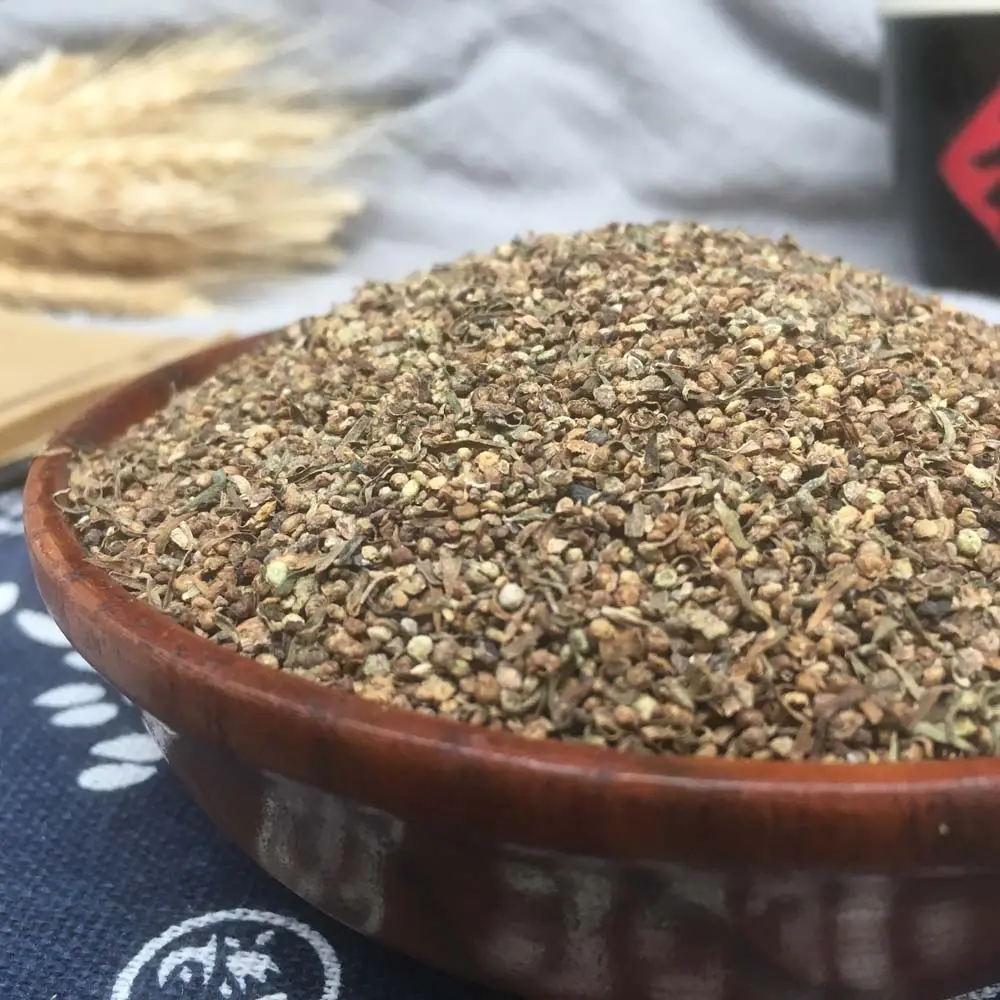
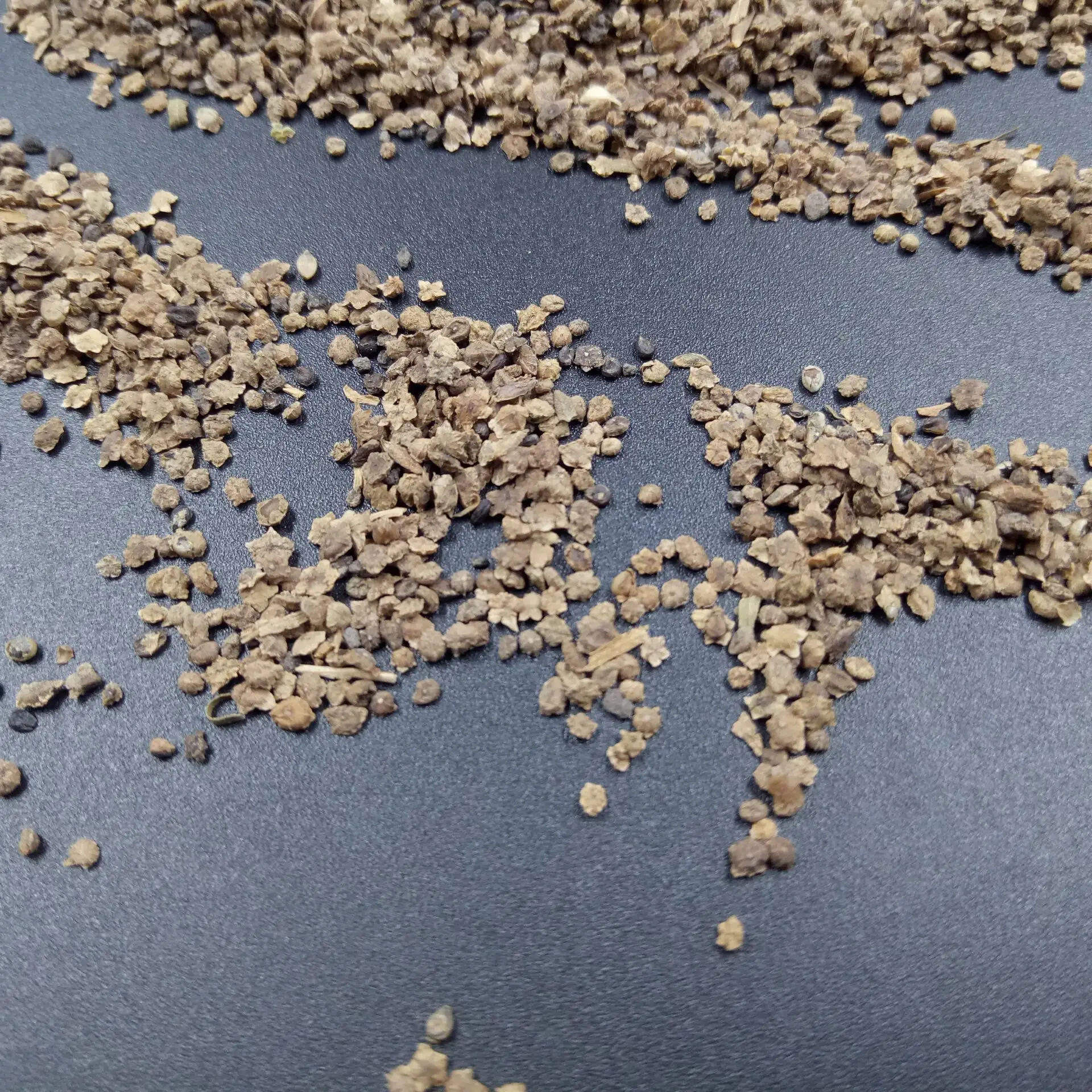


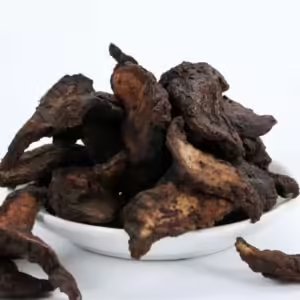
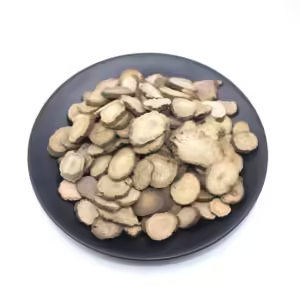
Commentaires
Il n'y a pas encore de critiques.